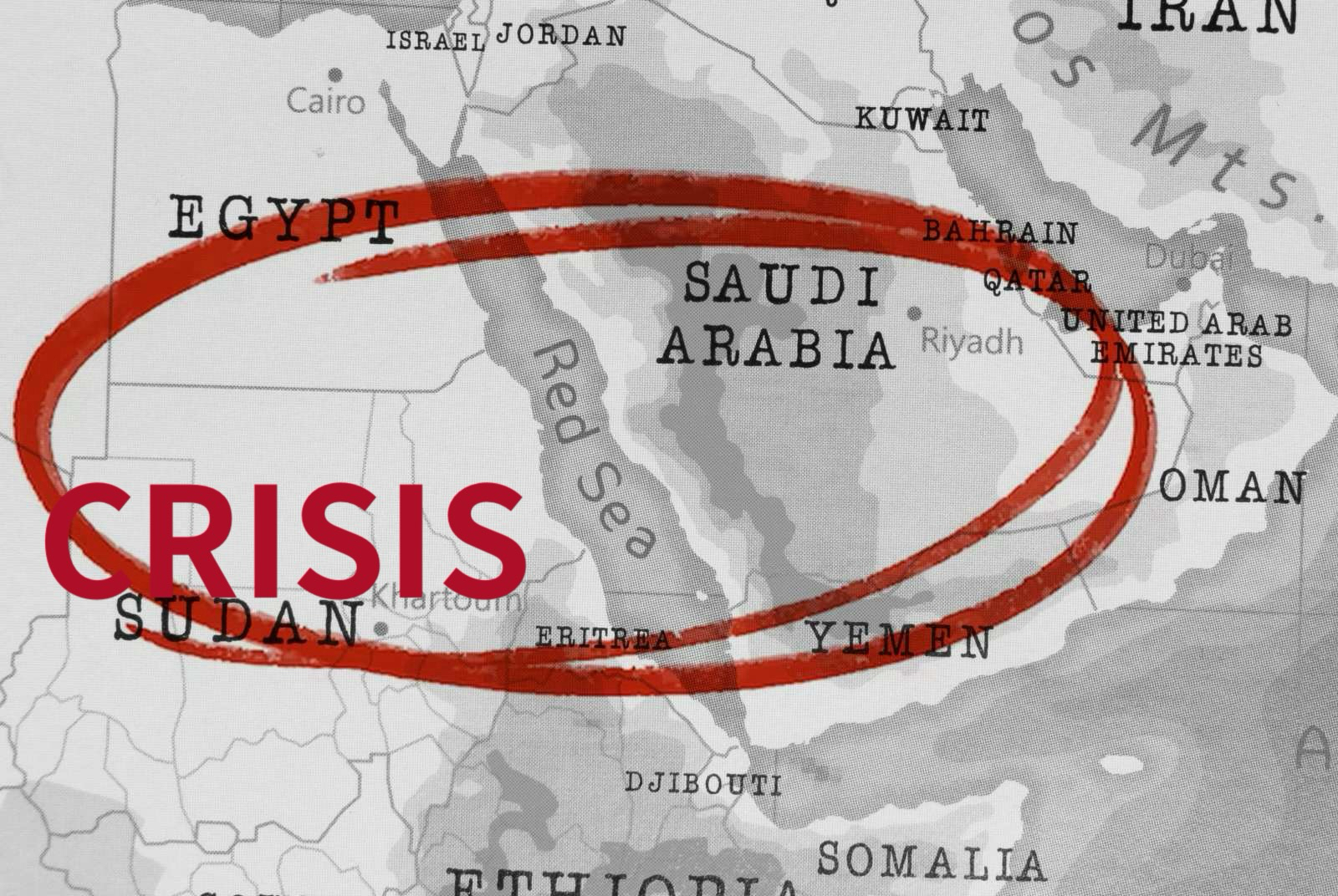The Red Sea serves as a crucial passage for Eurasian trade. Recent actions by the Houthi armed group in Yemen, controlling the region, have exerted pressure internationally, demanding an Israeli-Hamas ceasefire. Several attacks on Red Sea commercial vessels have triggered a recent 20-30% spike in European route prices over the last week, with expectations of another surge in January 2024.
In response to the international carriers' January 2024 price hike, key Taiwanese carriers like Evergreen and Yang Ming are following suit. Projections for late January next year show rates surpassing $3,000 for a 20-foot container and exceeding $4,500 for a 40-foot container, more than doubling the average rates of $1,000-$1,500 before November 2023.
These quoted rates have been confirmed by Taiwanese cargo contracting companies, receiving successive notifications of rate hikes from carriers. Additionally, the global container shortage continues to worsen, persisting even after the Chinese Lunar New Year.
Importers and exporters should pay close attention to this situation. The Red Sea crisis has indeed had a tremendous impact on the global shipping industry, especially on the Eurasian trade routes. The price hikes have already begun affecting shipping quotes and are expected to further escalate in the future.
Such circumstances may impose significant cost pressures and transportation delays on importers and exporters. Taiwanese shipping companies are also facing challenges in adapting to these price hikes. Hence, it's crucial to closely monitor and adapt to these developments. Importers and exporters might need to reassess transportation costs and potentially adjust supply chains and transportation plans to accommodate these price increases.
Beyond pricing considerations, there's a need to focus on safety and risk factors. The tense situation in the Red Sea region could lead to route instability and increased risks in transportation, which is another aspect worthy of attention.
These circumstances may require businesses to adopt flexible measures, including diversifying transportation routes, maintaining reasonable inventory reserves, managing risks and communication, and adjusting supply chains.

